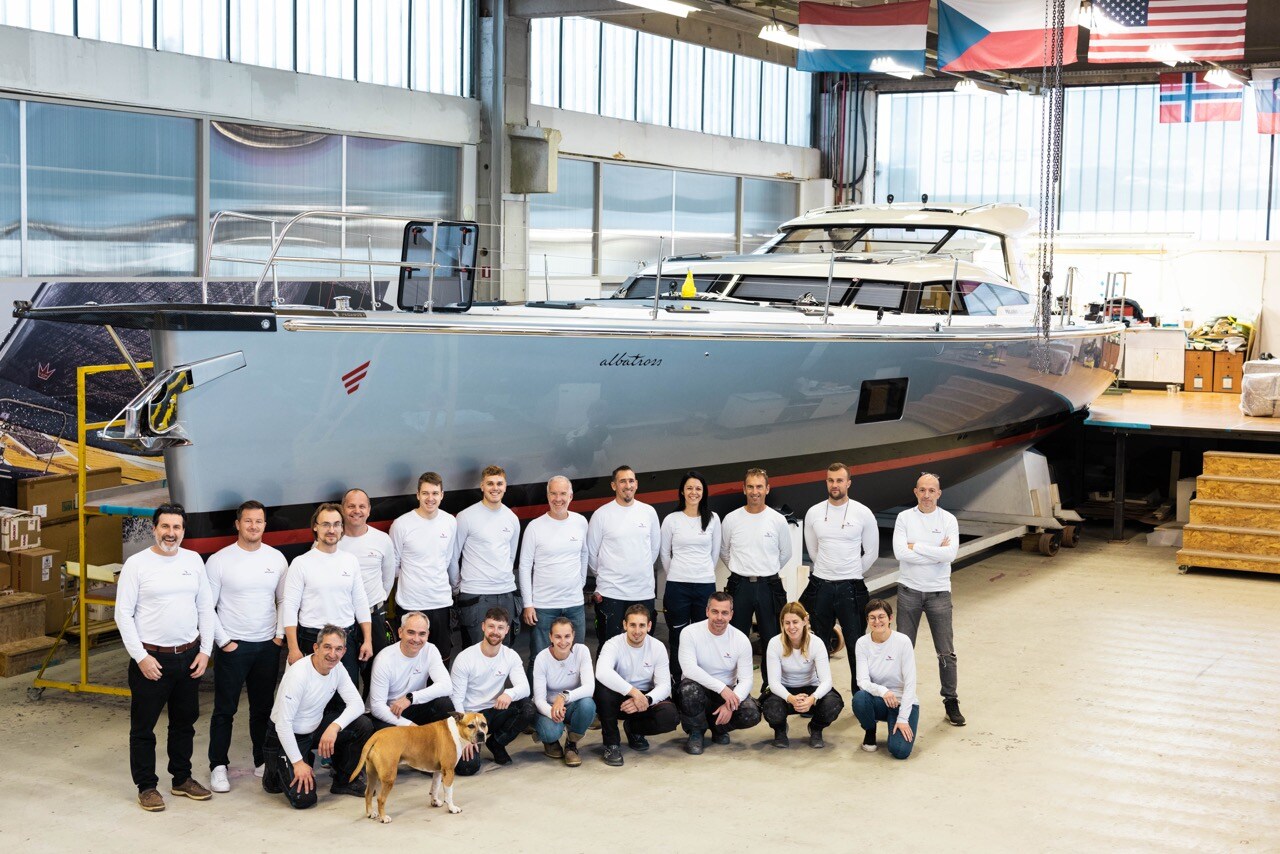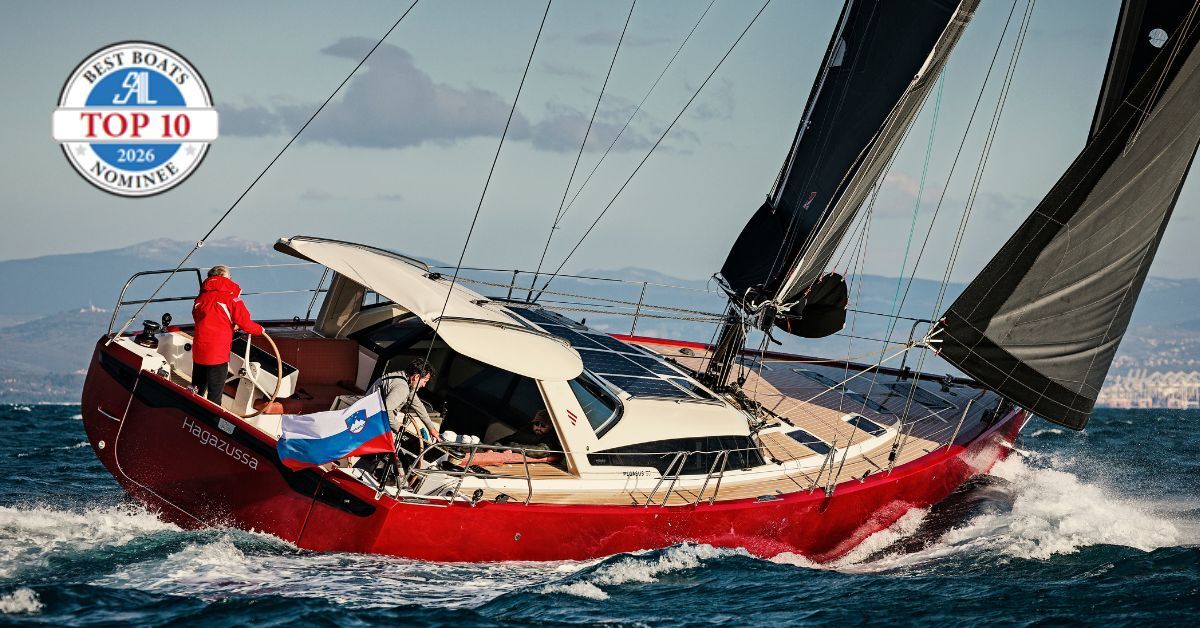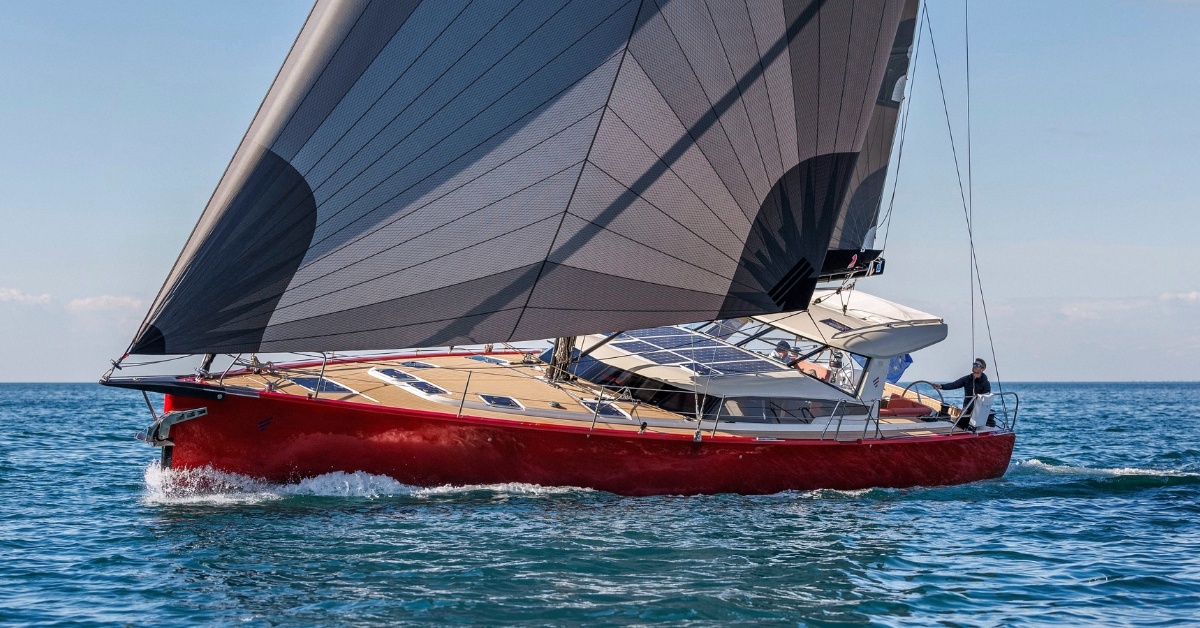Easy and safe movement on board of Pegasus Yachts
Comfort at sea depends on easy and safe movement around the boat. Yet this important factor is easily overlooked, with the result that basic day-to-day tasks can require disproportionate effort, with increased risk of sea sickness and even injury. The problem, however, lies in identifying effective solutions that work for people of any size and in all conditions. Pegasus recognised the scale of the challenge at the outset and set aside considerable development time to address the issue.
Learning from sea trials
From the very beginning, safety was a core part of the Pegasus design. Long before the first hull touched the water, the team focused on making movement around the boat secure and instinctive. But real-world sailing always reveals more.
Once the first boats were on the water, they learned more through the experience of many miles at sea in different conditions. That enabled them to identify missing handholds, grab rails and places where grip underfoot could be improved. These details were refined continuously, based on real feedback from real use.
Integrated boat grab handles and rounded joinery
A key premise that informed this process was that there should be no place on the boat where it’s impossible to hold on with two hands – i.e. it must be possible for anyone to reach their next handhold before letting go of the previous one. In addition, all edges and corners of cabinets, tables and countertops are curved, with no sharp edges that might cause injury if someone falls in rough weather.



Grab handles and handholds are built into every part of the boat. They are on the ceiling, on the countertop, at the companionway, on the frame of the door and elsewhere. Importantly, these are all carefully incorporated into the boat’s aesthetics and are therefore not unsightly add-ons. The integrated handles on the inboard edge of the dashboard of the navigation/watch keeping station, for instance, are built as part of the cabinetry and offer excellent grip.
Deck safety features
Exactly the same thinking is replicated on deck, with handles on the hardtop over the cockpit, the coach roof, table, helm stations and so on. In addition, both push pits and pulpits are 75 cm high, instead of the industry standard 60 cm, creating significantly greater security when working on deck near the ends of the boat. This is further enhanced by a substantially raised toe rail/bulwark that provides a secure footing when the boat is well heeled.
Strategic jackstay and strong point placement
Jackstay and strong point locations were designed into the boat from the earliest concept stages, not retrofitted after deck layout was finalised. This makes it possible to move freely and quickly from bow to stern on both sides without unclipping your safety line or facing obstructions caused by deck gear, sheets or other running rigging. It's an essential detail for safe offshore sailing and quick maneuvering in rough conditions.





A culture of attention to detail
Safety isn’t just about major features, it’s also in the small, deliberate details. Pad eyes for clipping in are thoughtfully placed around the boat: in the cockpit, at both helm stations, and on the foredeck. These allow crew members to stay securely tethered in all key working and resting areas.
This level of planning reflects a broader culture at Pegasus, where safety is not an afterthought, but a design priority embedded into every decision. It's this consistent focus on practical detail that helps make the boat safer, more comfortable, and easier to handle offshore.



